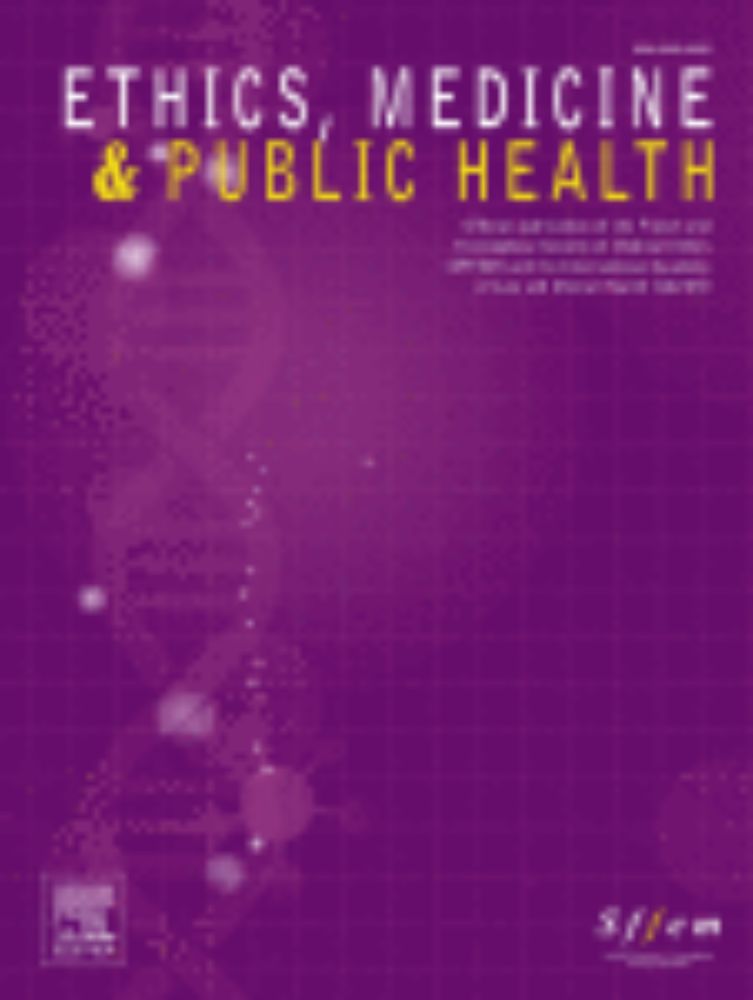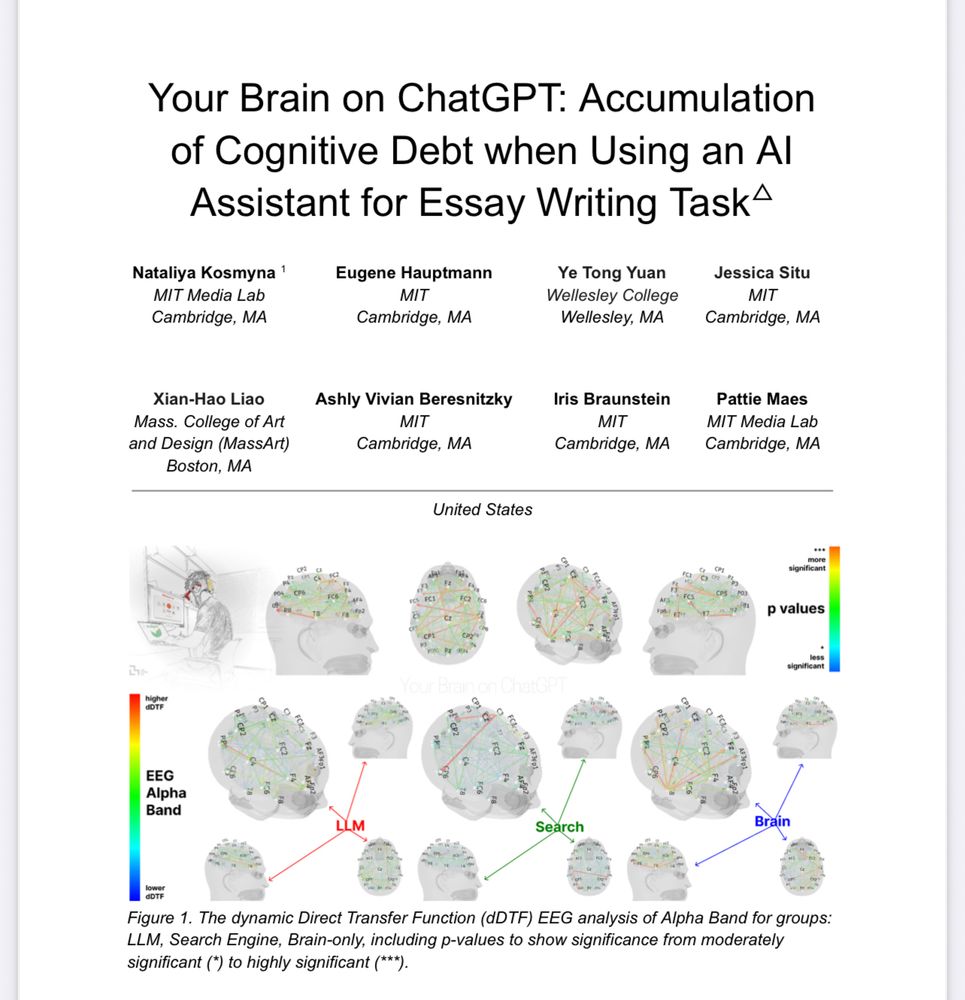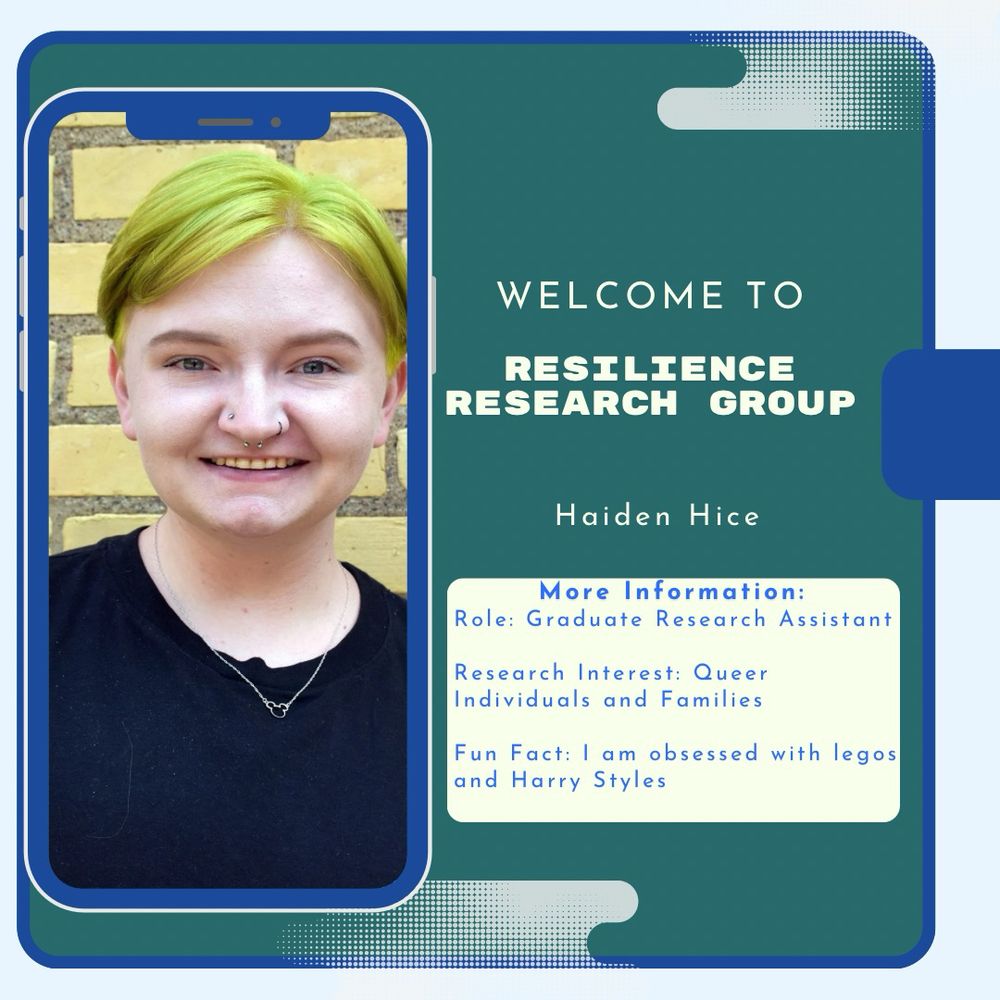
Learn more about our research, PhD training, and how to apply here 👉 sites.google.com/umn.edu/resr...
New paper out in Archives of Suicide Research 👇
We followed 670 sexual minority young adults (ages 18–26) over three years to ask: How does everyday discrimination shape suicidal ideation — and what role do our beliefs about people and society play?

New paper out in Archives of Suicide Research 👇
We followed 670 sexual minority young adults (ages 18–26) over three years to ask: How does everyday discrimination shape suicidal ideation — and what role do our beliefs about people and society play?

Black people walked, rode bikes, car pooled or took cabs but they did not ride the bus.
They suffered, sacrificed and endured. There was personal and professional pain.
For 381 days.
These eight Senators didn't last 41 days.
Black people walked, rode bikes, car pooled or took cabs but they did not ride the bus.
They suffered, sacrificed and endured. There was personal and professional pain.
For 381 days.
These eight Senators didn't last 41 days.
I'm accepting students for the next Couple & Family Therapy/Human Development PhD admissions cycle! If you're passionate about health equity research, we might be for you 👇
sites.google.com/umn.edu/resr...
#GradSchool #MFT #CFT #Research #HDFS

I'm accepting students for the next Couple & Family Therapy/Human Development PhD admissions cycle! If you're passionate about health equity research, we might be for you 👇
sites.google.com/umn.edu/resr...
#GradSchool #MFT #CFT #Research #HDFS
▶️60 openly available experience sampling datasets (16K+ participants, 740K+ obs.) in one place
▶️Harmonized (meta-)data, fully open-source software
▶️Filter & search all data, simply download via R/Python
Find out more:
🌐 openesmdata.org
📝 doi.org/10.31234/osf...
▶️60 openly available experience sampling datasets (16K+ participants, 740K+ obs.) in one place
▶️Harmonized (meta-)data, fully open-source software
▶️Filter & search all data, simply download via R/Python
Find out more:
🌐 openesmdata.org
📝 doi.org/10.31234/osf...

Learn more about our research, PhD training, and how to apply here 👉 sites.google.com/umn.edu/resr...
Learn more about our research, PhD training, and how to apply here 👉 sites.google.com/umn.edu/resr...
And before you hop in my comments I do believe we can fight the good fight and be entertained at the same time.
And before you hop in my comments I do believe we can fight the good fight and be entertained at the same time.

✅ Bottom line: Adolescents perceived as gender nonconforming face heightened suicide risk, largely because of bullying and depression, and this risk is amplified or reduced depending on who they are.
Full article here: shorturl.at/vj6Hr

✅ Bottom line: Adolescents perceived as gender nonconforming face heightened suicide risk, largely because of bullying and depression, and this risk is amplified or reduced depending on who they are.
Full article here: shorturl.at/vj6Hr
✅ Bottom line: Puberty isn’t just biological. For Black & Latinx girls, it can open a window of vulnerability to racism—with consequences for health & well-being.
Read the full article in Journal of Adolescent Health: authors.elsevier.com/a/1le2I,Nz%7...
✅ Bottom line: Puberty isn’t just biological. For Black & Latinx girls, it can open a window of vulnerability to racism—with consequences for health & well-being.
Read the full article in Journal of Adolescent Health: authors.elsevier.com/a/1le2I,Nz%7...
✅ Bottom line: Lenacapavir is amazing and can change lives BUT won't change things without proper structural support for its roll-out.
www.thelancet.com/journals/lan...

✅ Bottom line: Lenacapavir is amazing and can change lives BUT won't change things without proper structural support for its roll-out.
www.thelancet.com/journals/lan...
Trevor Project: 866-488-7386
Rainbow Youth Project: 317-643-4888
LGBT National Hotline: 888-843-4564
Trans Lifeline: 877-565-8860
Trevor Project: 866-488-7386
Rainbow Youth Project: 317-643-4888
LGBT National Hotline: 888-843-4564
Trans Lifeline: 877-565-8860
I'm proud to stand alongside my mentors, colleagues, and friends to share this life-saving information!
✅ Bottom line: Compassionate, evidence-based care saves lives. Gender-affirming care is not abuse—it’s care!
connect.springerpub.com/content/sgrl...

I'm proud to stand alongside my mentors, colleagues, and friends to share this life-saving information!
✅ Bottom line: Compassionate, evidence-based care saves lives. Gender-affirming care is not abuse—it’s care!
connect.springerpub.com/content/sgrl...
Our latest study looks at why stigma around Mpox (aka Monkeypox) lingers—even after someone has recovered. Spoiler: It has a lot to do with morality and how we blame people for getting sick. #PublicHealth #Stigma
www.sciencedirect.com/science/arti...

Our latest study looks at why stigma around Mpox (aka Monkeypox) lingers—even after someone has recovered. Spoiler: It has a lot to do with morality and how we blame people for getting sick. #PublicHealth #Stigma
www.sciencedirect.com/science/arti...
Key takeaway: the product doesn’t suffer, but the process does. And when it comes to essays, the process *is* how they learn.
arxiv.org/pdf/2506.088...

Key takeaway: the product doesn’t suffer, but the process does. And when it comes to essays, the process *is* how they learn.
arxiv.org/pdf/2506.088...
Dear Marvel,
We don’t want this. You should’ve left this in the drafts.
Sincerely,
Management
#BlackPanther #Marvel #WorldToCome

Dear Marvel,
We don’t want this. You should’ve left this in the drafts.
Sincerely,
Management
#BlackPanther #Marvel #WorldToCome
youtu.be/j3RNBwHapGg

youtu.be/j3RNBwHapGg
Netflix announced that the decades-old public educational television program will premiere its 56th season on the global streaming giant, along with 90 hours of previous episodes.

Name: Haiden Hice
Role: Graduate Research Assistant
Research Interest: Queer Individuals and Families
Fun Fact: I am obsessed with Legos and Harry Styles


